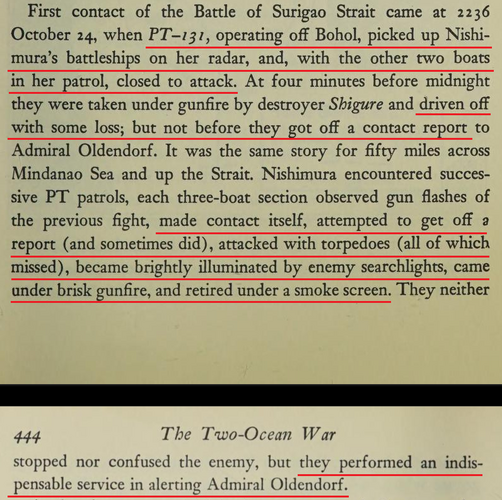We already know that increment 1 CCA is down to two contractors, and that one is a permutation of the XQ-67 and the other likely therefore the Fury from Blue Force, which is roughly in the same size/performance class. Cost has been estimated as “1/4 - 1/3 of F-35”.
CCAs are on the low end of the performance curve - subsonic, range only marginally greater than F-35, and a payload likely limited to ~1000 lbs. We do not know the avionics requirements but I think it is reasonable to assume they have no radar, since they would lack all of the SWAP requirements of any significant capability. So likely some kind of DAS type system for tracking and all around awareness, likely with some kind of ESM system at least relevant against airborne radars (X band). Disposable countermeasures, probably enough ECM to at least fake being a larger aircraft and maybe a range gate push off. MADL compatible datalink for coms. I think that’s all we are looking at in a CCA, at least this increment.
Several major capabilities clearly get sacrificed compared to the manned system: AESA radar (and associated jamming modes), speed, and distance. The benefit is of course cost, not just of the aircraft, but also in maintenance and training.
As I noted previously, the NGAD was likely envisioned as the sensor/control node of a group of CCAs, along with a long ranged BVR capability, and as a manned platform required a much higher degree of survivability and performance on top. The USAF seems to be questioning just how much survivability and performance they really need from what ideally is an aircraft avoiding direct contact if armed CCAs are still available.
EDIT: Complicating this scenario is the fact that control and sensor nodes are increasingly something that can be offloaded to other specialized CCAs: we already know the XQ-67A is optimized for loiter time and apparently is a dedicated sensor platform (OBSS). High altitude UAVs with laser downlinks might provide low latency communications via the future LEO Transport Layer of satellites, the first ~130 of which will be in orbit this time next year.




